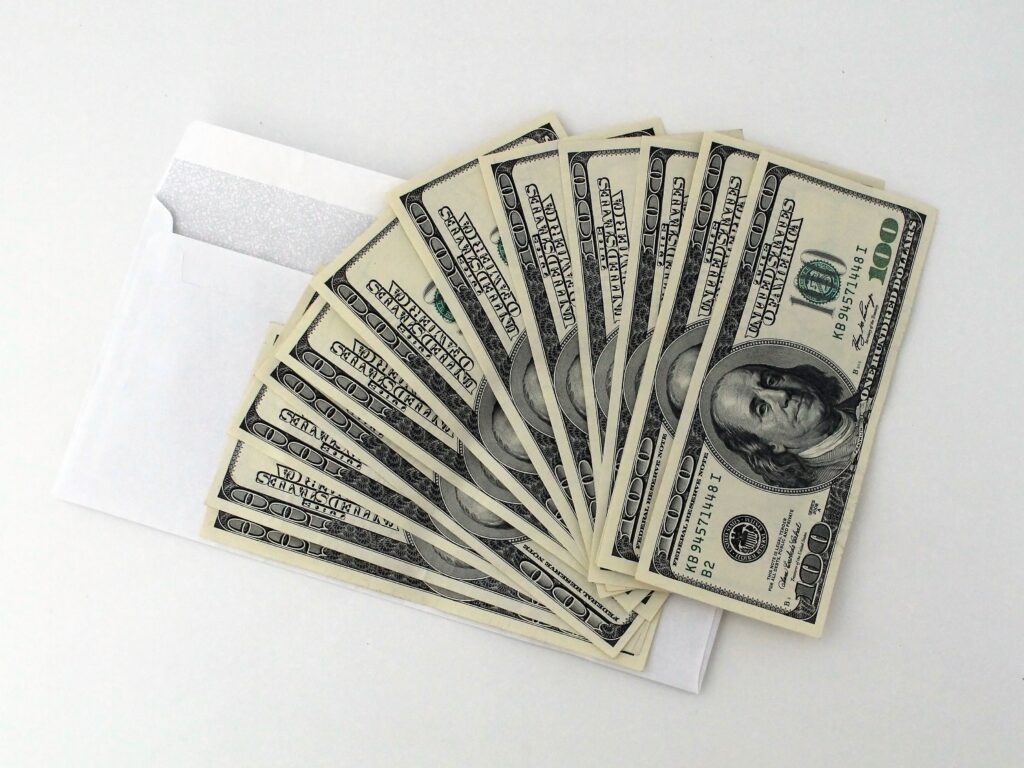
You buy houses, you say? That’s great. Keep it up. It’s a tough market right now but there are still deals to be had. I’d also like to congratulate you for looking to the numbers to help you evaluate your deals. These will help you remove the emotion of buying and focus on the logic.
The Cash-On-Cash Return
Cash-on-Cash Return is a way to determine how much the money you invested (or risked) is making annually, expressed as a percentage. It is a bottom line calculation, done after all the income and expenses are tallied, with the exception of capital gains tax you might pay at the end. If this number is positive, you will expect to have cash flow. If negative, you will be losing money. If you didn’t know, that would be very bad.
The Capitalization Rate
On the other hand, the Capitalization Rate or Cap Rate is a measure of the cash flow that the property brings in after all the income and expenses are done, but before debt service (your mortgage payment) and capital gains tax. The idea of the cap rate is to remove the variables that make deals different from one another. You can get an apples to apples comparison with this. I had a hard time understanding this for the longest time. Because interest rates change, and down payments are different, debt service is removed from the cap rate. Because debt service can be very high, it’s possible (and common!) for the cap rate to look great and the Cash-on-Cash to be negative.
This all sounds great, but there’s one big problem with the Cap Rate: While it helps you evaluate the return on the deal, it doesn’t help much with the price of single family homes, or small multifamily. These properties are valued by the market approach. That’s a fancy way of saying that the comparable sales, or comps, are the way that value is assigned to houses. As a buyer, you are competing against emotional retail buyers, who fall in love with a bathtub or a wall or something, and are willing to pay more than you. They drive up the prices and you can’t compete in that way. The cap rate becomes almost meaningless in these deals. What’s worse, is that the cash-on-cash gets terrible as well.
That’s not to say that you shouldn’t be buying. Your secret weapon is the very thing that made you avoid that other house. It is your logic and lack of emotion. That ugly house in need of repairs that no one will buy becomes your cash cow. Those value-add plays are where you need to be in this market. Use the cash-on-cash among other ways to underwrite your single-family deals.

